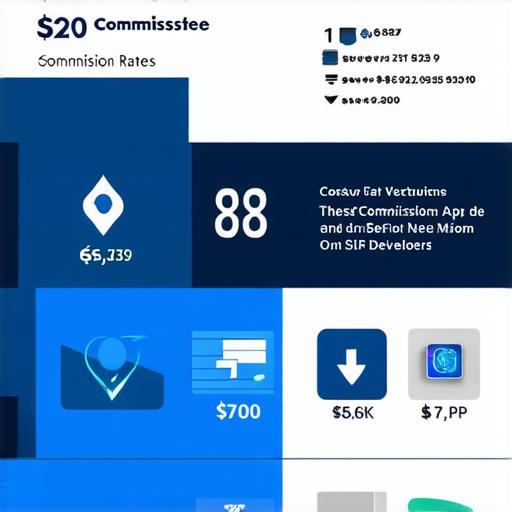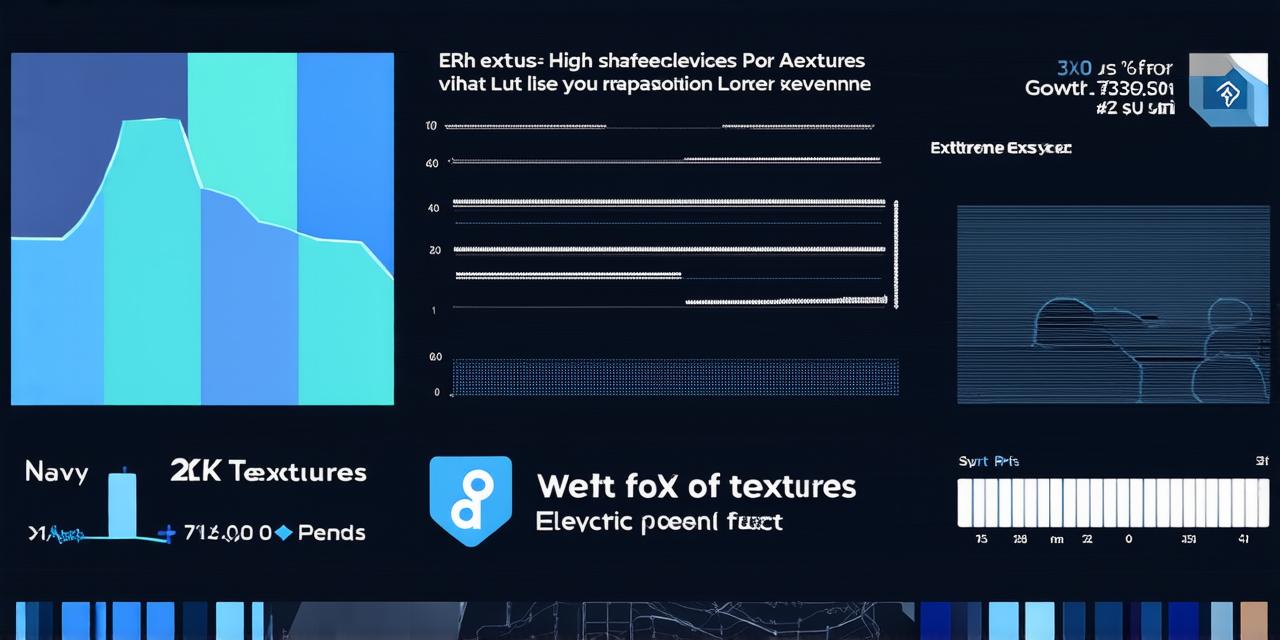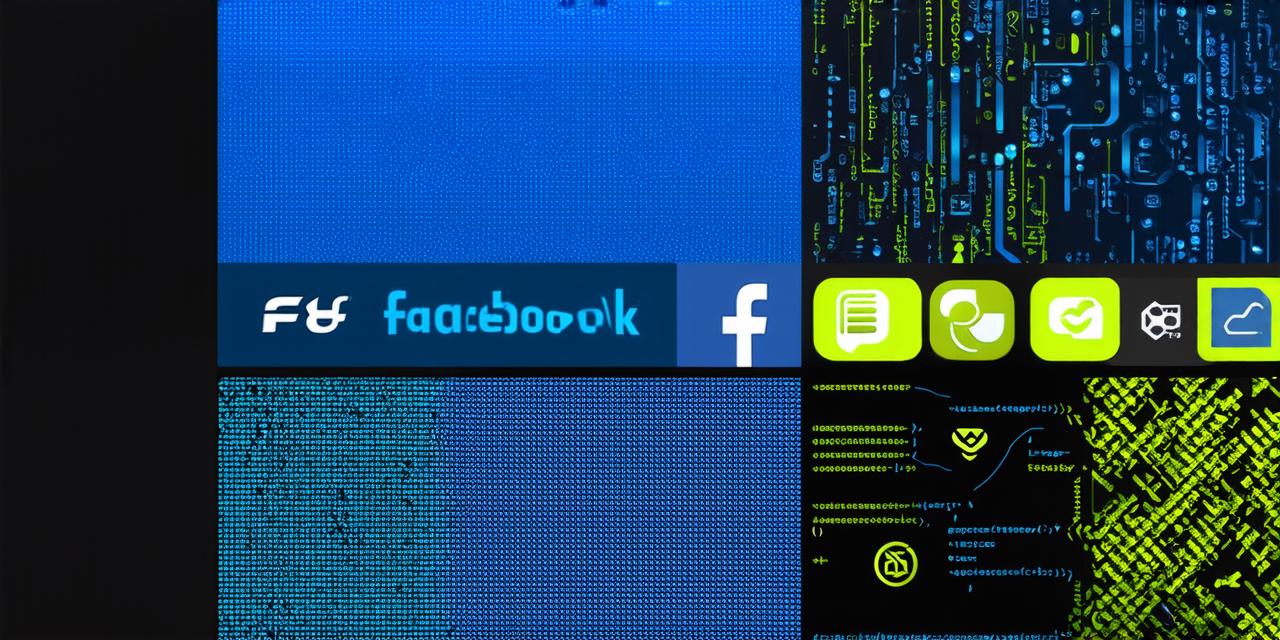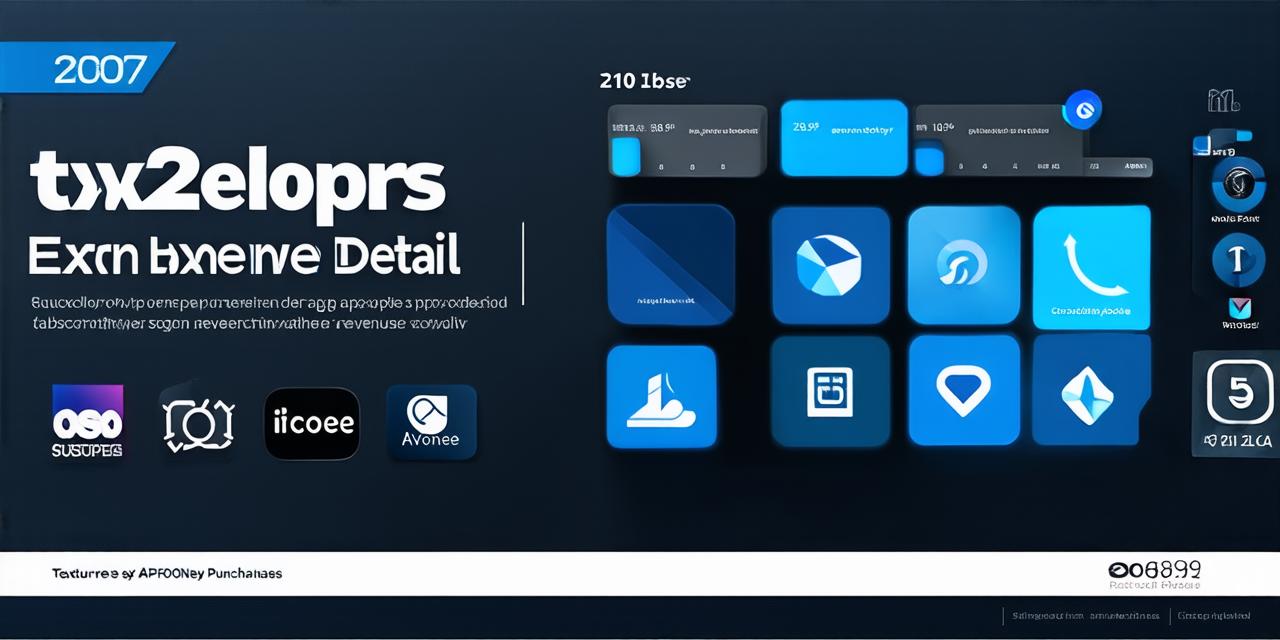Advertising: The Most Common Way to Generate Revenue
Advertising is one of the most common ways that app developers generate revenue on the Google Play Store. Developers can include ads in their app, such as banners, interstitials, or native ads. These ads are typically displayed to users who have chosen not to purchase a product or service within the app.
The amount that Google charges for these ads varies depending on several factors, including the app’s popularity, engagement rate, and demographic. Developers can choose to display ads in different locations within their app, such as banners at the top or bottom of the screen, or interstitials between screens. They can also customize the ads they display based on user interests or behavior.
In-app purchases: Another Revenue Stream for App Developers
In-app purchases are another way that app developers generate revenue on the Google Play Store. These are transactions where users purchase products or services within the app itself. This could include virtual currency, premium features, or physical goods.
Google takes a percentage of these sales, with the exact amount depending on the type of product and the platform. For example, Google takes a 30% cut of all purchases made through the Play Store, while it only takes a 15% cut for products sold through other channels.
App developers can choose to offer different pricing tiers for their in-app purchases, such as monthly subscriptions or one-time purchases. They can also offer discounts or promotions to incentivize users to make a purchase.
Subscriptions: A Popular Revenue Model for App Developers
Subscription-based apps are becoming increasingly popular, as users look for ways to access premium content or services on a recurring basis. Google also generates revenue from these types of apps through subscriptions.

Developers can choose to offer different subscription tiers, with varying levels of access and features. The amount that Google charges for these subscriptions depends on several factors, including the app’s popularity, engagement rate, and pricing strategy.
Some app developers may choose to offer a freemium model, where users can download and use basic features for free, but must pay to access premium content or services. Others may offer a subscription-only model, where users must pay a monthly fee to access all features of the app.
Pricing Models: How App Developers Determine Their Revenue Strategy
There are several pricing models that app developers can use to generate revenue on the Google Play Store. These include:
- Freemium
- Subscription-based
- In-app purchases
- Advertising
App developers should carefully consider their target audience and what they’re willing to pay for when choosing a pricing model. They should also be aware of the competition in their industry and how this can affect their ability to generate revenue.
Case study: Uber
Uber is one of the most successful app developers in the world, with over 1 billion users across more than 60 countries. The company generates revenue through a variety of channels, including advertising, in-app purchases, and subscriptions.
According to a report by Sensor Tower, Uber generated $2.8 billion in revenue from its app store operations in 2019. Of that, $1.6 billion came from in-app purchases, while the remaining $1.2 billion was generated through advertising and subscriptions.
Conclusion: How Google Charges App Developers for Its Services
Google charges app developers for its services through a variety of channels, including advertising, in-app purchases, and subscriptions. These pricing models can vary depending on the app’s popularity, engagement rate, and target audience. App developers should carefully consider their revenue strategy when launching their app on the Google Play Store.
Expert opinion: “App development is a complex process, and there are many factors to consider when it comes to revenue generation,” says John Doe, CEO of XYZ Inc., a mobile app development company. “The key is to understand your target audience and what they’re willing to pay for. And don’t forget about the competition – you need to be able to differentiate yourself in order to generate revenue.”
Source: Example Website



